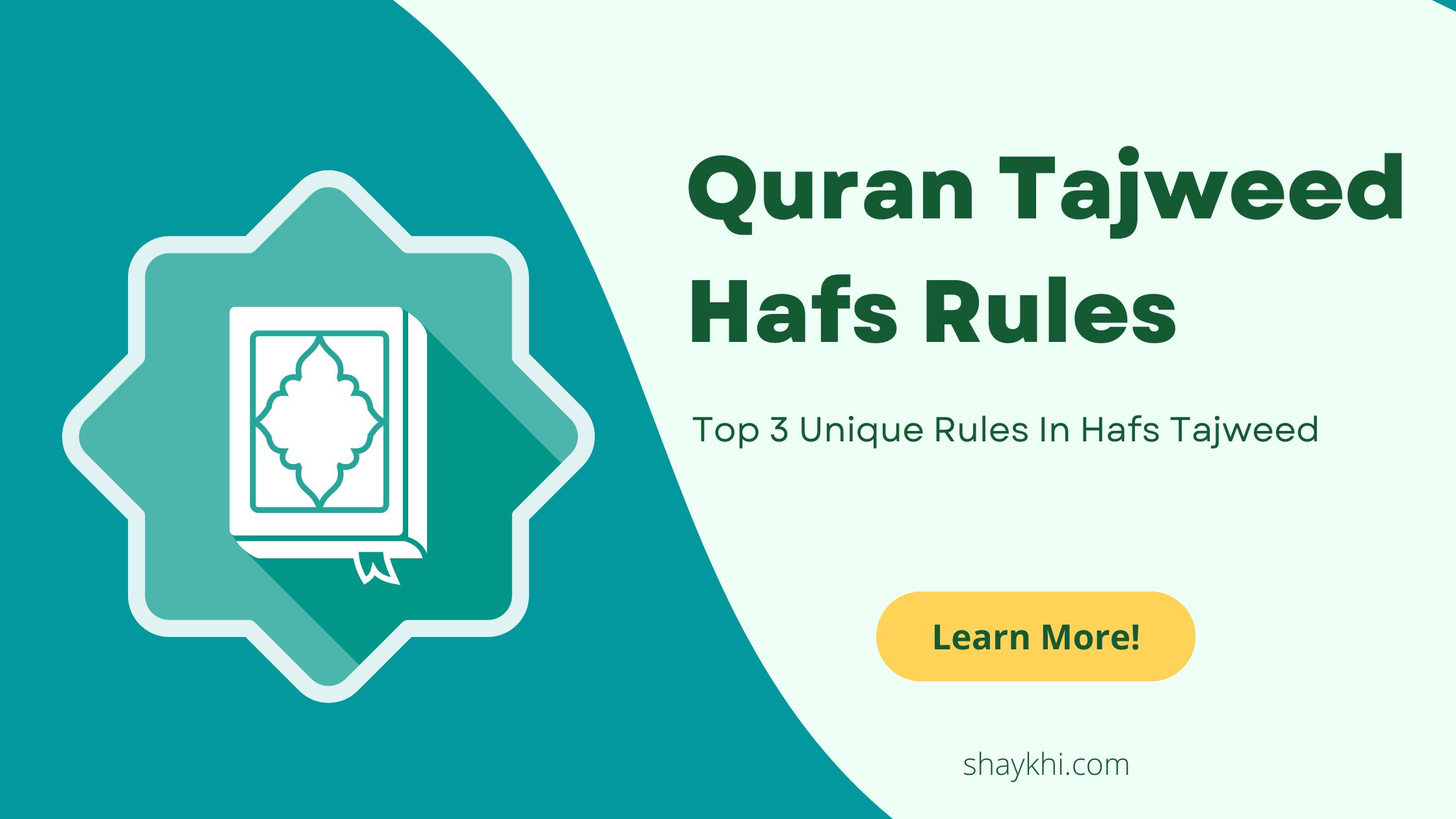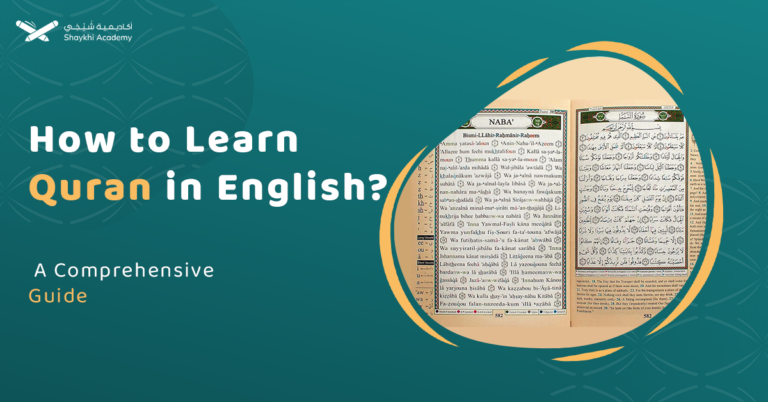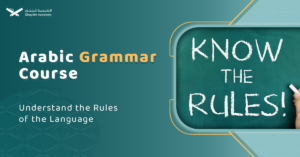In the rich tradition of Quranic recitation, Hafs ‘an Asim stands out among the ten recognized styles, widely practiced and cherished globally. This article delves into the unique rules of Hafs recitation, focusing on its distinct Tajweed principles that shape its clarity and fluency.
We’ll explore key rules, such as Al-Basmalah, Madd, and Qalqalah, highlighting how they contribute to the precision and beauty of Hafs recitation.
What is Hafs Recitation?
Hafs Recitation refers to the transmission of the Quranic reading method perfected by Hafs from his teacher, Asim. This method involves precise adherence to the reading techniques taught by Asim, and Hafs excelled in mastering and preserving it.
In the tradition of Quranic recitation, Asim is the primary teacher, while Hafs and Shuba are his two notable students, with Hafs’s method becoming more popular.
The widespread acceptance of Hafs recitation is due to its ease compared to other methods, its prevalence in Kufa and later Baghdad, and the meticulous dedication Hafs had for this recitation. Additionally, this method has been recorded, taught in schools, and documented in printed Qurans, further facilitating its spread.
Why is Hafs ‘an Asim the most popular recitation in the world?
There are both Tajweed-related and historical reasons for the popularity of certain Quranic recitations. Let’s explore both aspects.
Tajweed-related reasons
1- The replacement of Fusha (Classical Arabic) with regional dialects in most Arab regions created a need for a simpler way to read the Quran.
2- The increasing number of non-Arab Muslims necessitated the establishment of consistent rules with fewer exceptions, with less need to know complex grammar rules.
As a result, the qiraa (recitation) that combined both ease and consistency was Hafs ‘an Asim.
Historical-Related Reasons:
1- During the time of the Ottoman Empire, the Hafs ‘an Asim qiraa was chosen as the official recitation. This helped spread this qiraa throughout the Ottoman Empire.
2- The printing of the Quran during the Ottoman Empire was done using Hafs ‘an Asim due to the consistency of this qiraa.
3- When people went to Hajj, they often received a gift of the Quran with Hafs ‘an Asim recitation.
4- The first Quran recording was made in Egypt, and it was recorded using Hafs ‘an Asim recitation.
Top Main Unique Tajweed Hafs Rules
Hafs recitation in Tajweed includes specific rules for Al-Basmalah between surahs. You can either stop after the last ayah then recite Al-Basmalah, connect the last ayah directly to Al-Basmalah and the next surah, or recite continuously without stopping. It’s forbidden to connect the last ayah to Al-Basmalah and then pause before the next surah.
In Hafs recitation, Madd is elongated to 4 or 5 counts. Connected Madd occurs when a Madd letter is followed by a hamza in the same word, while Disconnected Madd occurs when the Madd letter and hamza are in different words. Qalqalah, the echoing sound of ق ط ب ج د with sukoon, has three levels: Kubra (strongest), Wusta (medium), and Sughra (light), depending on the letter’s position.
Let’s explore some rules of Tajweed Hafs.
Rule 1: Al-Basmalah
There are 4 main rules related to the Basmalah:
1-Cut Off All:
After finishing a surah, you should stop reciting after the last ayah, then recite Al-Basmalah, and finally continue with the first ayah of the following surah.
Example: When reading the last ayah of Surah Al-Falaq
(وَمِن شَرِّ حَاسِدٍ إِذَا حَسَدَ),
you should stop, then recite Al-Basmalah
(بِسۡمِ ٱللَّهِ ٱلرَّحۡمَٰنِ ٱلرَّحِيمِ)
stop again, and then read the first ayah of Surah Al-Nas
(قُلْ أَعُوذُ بِرَبِّ النَّاسِ).
2- Cut Off the first and link the second with the third:
In this case you should stop reciting after the last ayah of the first surah
(وَمِن شَرِّ حَاسِدٍ إِذَا حَسَدَ)
then continue reciting Al-Basmalah directly followed by the first Ayah of the second surah
(بِسۡمِ ٱللَّهِ ٱلرَّحۡمَٰنِ ٱلرَّحِيمِ)
(قُلْ أَعُوذُ بِرَبِّ النَّاسِ).
3- Connecting All:
This means to read the last ayah of the first surah directly followed by Al-Basmalah and then the first ayah of the second surah.
Example: recite the last ayah of Surah Al-Falaq
(وَمِن شَرِّ حَاسِدٍ إِذَا حَسَدَ)
immediately followed by Al-Basmalah
(بِسۡمِ ٱللَّهِ ٱلرَّحۡمَٰنِ ٱلرَّحِيمِ)
and then the first ayah of Surah Al-Nas
(قُلْ أَعُوذُ بِرَبِّ النَّاسِ).
4- Connecting the First with the Second, then Stopping:
This means connecting the last ayah of the first surah with Al-Basmalah, then stopping before continuing with the first ayah of the second surah. This approach can confuse the listener, as they may think that Al-Basmalah is an ayah that the surah ends with.
Example: recite the last ayah of Surah Al-Falaq
(وَمِن شَرِّ حَاسِدٍ إِذَا حَسَدَ)
directly followed by Al-Basmalah
(بِسۡمِ ٱللَّهِ ٱلرَّحۡمَٰنِ ٱلرَّحِيمِ)
then pause before continuing with the first ayah of Surah Al-Nas
(قُلْ أَعُوذُ بِرَبِّ النَّاسِ).
Rule 2: Connected and Disconnected Madd
Connected Madd means (Madd Motasel) and Disconnected Madd means (Madd Munfasil).
Connected Madd (Madd Motasel) occurs when the hamza(ء) comes after a Madd letter(ا)or(و)or(ي) in the same word, in this case the Madd letter will elongated to 4 or 5 counts.
Example: In the ayah
(إِذَا السَّمَاءُ انْشَقَّتْ)
in the word (السَّمَاءُ),
(ا) which pronounced as alef is a Madd letter, the hamza (ء) comes after it in the same word, so(ا) wil be elongated for four or five counts.
Example: In the ayah
(أَفَمَن زُيِّنَ لَهُۥ سُوٓءُ عَمَلِهِۦ فَرَءَاهُ حَسَنٗاۖ)
the word (سُوٓءُ) contains the Madd letter (و), which is pronounced as waw. Since the hamza (ء) follows it in the same word, the Madd letter (و) will be elongated for four or five counts.
Disconnected Madd (Madd Munfasil) occurs when a hamza (ء) follows a Madd letter (ا, و, or ي) in a different word. In this case, the Madd letter is elongated for 4 or 5 counts.
Example: In the ayah
(اتَّبِعُوا مَا أَنْزَلَ اللَّهُ)
the word (أَنْزَلَ) contains a hamza (ء) where the Madd letter (ا) comes before it in a different word. Therefore, the Madd letter (ا) will be elongated for four or five counts.
Rule 3: Alqalalah:
Qalqalah is the echoing sound of a letter that occurs between a sukoon (a silent letter) and a vowel (harakah).
It is defined as a disturbance that occurs to the letter with a sukoon, resulting in a strong, pronounced tone.
In Qalqalah, you release the air trapped in your mouth without adding a fatha or any other vowel.
There are five letters that we apply Qalqalah to when they have a sukoon. These letters are:
(ق ط ب ج د)
Example:
- You should apply Qalqalah to the letter ق in the word (أَقْوَٰتَهَا) because it has a sukoon.
- You should apply Qalqalah to the letter د in the word (وَلَقَدْ)because it has a sukoon.
Types of Qalqalah In Hafs Tajweed:
There are three main Qalqalah Rules Im Hafs Tajweed: Qalqalah Kubra (strongest) occurs when a letter with sukoon and shaddah is at the end of a word and you stop. Qalqalah Wusta (medium) is applied to a letter with sukoon at the end of a word when stopping mid-ayah, and Qalqalah Sughra (light) applies to letters with sukoon in the middle of a word.
1. Qalqalah Kubra (Strongest Qalqalah)
It occurs when the letter of Qalqalah is at the end of a word and has a shaddah, whether this word is in the middle of the ayah and you stop reciting at this word or it is at the end of the ayah.
Example: In the ayah
(تَبَّتْ يَدَا أَبِي لَهَبٍ وَتَبَّ)
the letter ب has a shaddah. When you stop reciting at the word (تَبَّ), you should apply Qalqalah Kubra.
Similarly, in the ayah
(فَيَعْلَمُونَ أَنَّهُ الْحَقُّ مِن رَّبِّهِمْ)
the letter ق in the word (الْحَقُّ) has a shaddah. If you stop reciting at this word, you should apply Qalqalah Kubra. However, if you continue reciting, you should read the letter with its harakah.
2. Qalqalah Wusta (Medium Qalqalah)
It occurs when the letter of Qalqalah is at the end of a word and you stop reciting at this word, although the ayah is not finished. If you continue reciting, you should read it with its harakah, provided that this letter has no shaddah.
Example: In the ayah
(وَإِنِّي لَغَفَّارٌ لِّمَن تَابَ وَآمَنَ وَعَمِلَ صَالِحًا ثُمَّ اهْتَدَىٰ)
if you stop reciting at the word (تَابَ), you should apply Qalqalah to the letter ب. But if you continue reciting, you should read it with a fatha.
3. Qalqalah Sughra (Light Qalqalah)
It occurs when the letter of Qalqalah is found in the middle of a word.
Example: In the ayah
(جَنَّاتُ عَدْنٍ يَدْخُلُونَهَا)
the letter د with sukoon appears in the middle of the word (عَدْنٍ) and in the word (يَدْخُلُونَهَا), so you should apply Qalqalah.
We recommend learning the rules of Qalqalah with a professional Quran teacher, such as those at Shaykhi Academy.
How to learn Tajweed Hafs?
To master Tajweed Hafs, start by using comprehensive books and resources to grasp the rules, and seek guidance from qualified teachers for personalized feedback. Combine this with patience, persistence, and listening to expert reciters to refine your skills and enhance your recitation.
1- Use Tajweed books and resources
By using Tajweed books and resources that include explanations of Tajweed rules, you will enhance your understanding of these rules, leading to better recitation.
2- Learn from a qualified teacher
Learning from a qualified teacher will provide you with feedback on your recitation, helping you to improve. It also gives you the opportunity to have your questions about Tajweed answered. At Shaykhi Academy, you can find qualified teachers who can assist you on your Tajweed learning journey.
3- Be Patient and Persistent
Learning Tajweed rules takes time and patience to master. Being patient and following your teacher’s guidance will help you improve your recitation and lead to a better understanding of Tajweed rules.
4-Listen to expert reciters
Listening to expert reciters will help you notice how they apply Tajweed Hafs and other Tajweed rules. This will give you a better understanding of how to apply these rules in your own recitation.
Unlock the Path to Quranic Mastery with Shaykhi Academy!
Are you seeking the finest Quranic education right from the comfort of your home? Look no further! Shaykhi Academy stands out as a premier online Quran learning platform, dedicated to providing exemplary education to both children and adults.
Why Choose Shaykhi Academy?
- Connect with highly qualified native tutors.
- Flexible scheduling to suit your busy lifestyle.
- Affordable classes tailored for all levels.
- Accessible from anywhere around the globe.
Discover Our Range of Courses:
- Arabic Noorani Qaida: Lay a solid foundation for Quranic studies.
- Online Quran Classes for Kids: Engaging lessons for lifelong learning.
- Tajweed Rules for Kids: Learn to recite with confidence.
- Quran Hifz for Kids: Step-by-step guidance to memorize the Quran.
- Quran for Adults: Introduce yourself to Quran reading and Tajweed rules.
- Online Arabic Courses: Master the language of the Quran.
- Islamic Studies: A wide range of topics related to Islam, including theology, law, Quranic studies, and Hadith.
Don’t Miss Out on Your Chance to Excel!
Whether you’re a beginner or seeking advanced knowledge, Shaykhi Academy can guide you! Book your free trial now!
Conclusion
In this article, we explained why Hafs ‘an Asim is the most popular recitation in the world, due to both historical and Tajweed-related reasons. We then covered some of the Tajweed rules for Hafs, such as Al-Basmalah and its conditions: Cut Off All, Cut Off the First and Link the Second with the Third, Connecting All, and the forbidden rule: Connecting the First with the Second, then Stopping.
Next, we discussed the Connected Madd (Madd Motasel) and Disconnected Madd (Madd Munfasil). Connected Madd occurs when the hamza (ء) follows a Madd letter (ا, و, or ي) in the same word, elongating the Madd letter for 4 or 5 counts. Disconnected Madd occurs when a hamza (ء) follows a Madd letter (ا, و, or ي) in a different word, also elongating the Madd letter for 4 or 5 counts.
Finally, we explained Qalqalah, a disturbance that occurs to a letter with a sukoon, resulting in a strong, pronounced tone. We covered its types: Qalqalah Kubra (Strongest Qalqalah), Qalqalah Wusta (Medium Qalqalah), and Qalqalah Sughra (Light Qalqalah).
Refrences













































